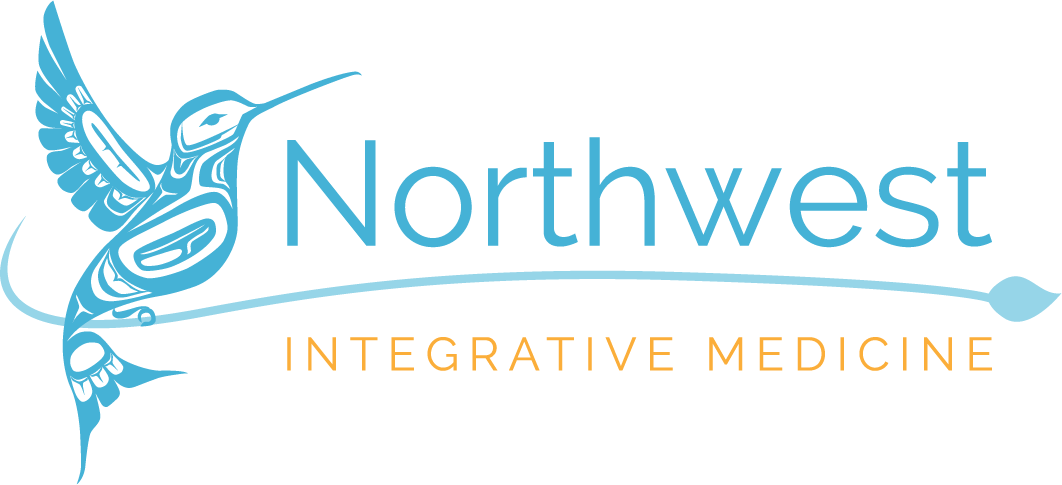 Black Box Warnings: Certain medications have what is called a “Black Box Warning” (BBW) that is in the prescribing details of the medication with a large, black border around it. These warnings are classified as severe and possibly deadly reactions that can be a direct consequence of using the medication. These BBWs are considered the most severe type of warning by the FDA and are common enough to mandate every prescriber and consumer to be aware of the risks. Drug manufactures make all efforts to prevent BBWs from being given to their drugs, as this can negatively impact sales (as it should).
Black Box Warnings: Certain medications have what is called a “Black Box Warning” (BBW) that is in the prescribing details of the medication with a large, black border around it. These warnings are classified as severe and possibly deadly reactions that can be a direct consequence of using the medication. These BBWs are considered the most severe type of warning by the FDA and are common enough to mandate every prescriber and consumer to be aware of the risks. Drug manufactures make all efforts to prevent BBWs from being given to their drugs, as this can negatively impact sales (as it should).
These warnings are on many drugs, some of the most common drugs with BBWs include:
- Hydrocodone-Acetominophen/Vicodin: Risk of addiction, misuse, respiratory depression, overdose, severe interactions with other medications including benzodiazepines (diazepam, lorazepam, clonazepam and similar) and severe liver toxicity.
- Dextromphetamine/Adderall: This medication for ADHD carries a high risk of abuse/dependency as well as serious cardiovascular events and even sudden death.
- Alprazolam/Xanax Carries risks of death from respiratory depression and death, especially with the use of any opioids (Vicodin, Oxycontin, etc.).
- Cipofloxacin/Cipro: An antibiotic with potential, irreversible and serious reactions including tendon rupture, peripheral neuropathy, and central nervous system effects. This medication should only be used for bacterial infections that have NO alternative treatment available.
- Metformin/Glucophage: Cases of hypothermia, low blood pressure, heart rhythm changes and death due to lactic acidosis.
- Levothyroxine/Synthroid: Not to be prescribed for weight loss as it can cause hyperthyroidism and is ineffective for this purpose.
- Lisinopril/Zestril: Fetal toxicity, never to be used in pregnancy or used in women of child bearing age without adequate contraceptive use.
- Fluoxetine/Prozac: Increased risk of worsening depression and suicidality with all antidepressant medication, especially in those younger than 24 years. Not approved for pediatric patients < 7years old. Patients on this medication and similar antidepressants should be closely monitored.
*All warnings found on Epocrates.com under the full drug monograph.
Are we taking these risks seriously?
Over prescribing of opioids is frequently on the news, but not too long ago over prescribing of antibiotics was also frequently discussed. Any time we alter the normal physiology of the body there will be effects, both on the individual taking the medication as well as the environment of bacteria and other infectious or commensal species. With the increase in use of antibiotics, we have created antibiotic resistant bacteria. With vaccination we have created vaccine-resistant strains of viruses. What kinds of changes are we making to the beneficial bacteria of patients taking medications? Unfortunately, we don’t know the answers, and physicians and patient are left with making the difficult decision in weighing the risk vs. the benefit.
In a US World News Report from 2016 they highlighted research which estimated that about 2,460 people die each week from drugs that were properly prescribed and taken as directed by their physicians. They also estimated that adverse drug reactions account for somewhere between 1.5-2.7 million hospitalizations per year1. We simply must find better options for treatment and continue reliable research both pre and post marketing for pharmaceutical intervention.
What’s Next:
Part 4: Pharmaceuticals: Are you getting all the information?
Part 1: Pharmaceuticals: To Prescribe or Not Prescribe?
Citations:
- Michael Schroederm Death by Prescription, US News and World Report,
https://health.usnews.com/health-news/patient-advice/articles/2016-09-27/the-danger-in-taking-prescribed-medication - What researchers mean by Statistical Significance;
https://www.iwh.on.ca/what-researchers-mean-by/statistical-significance - Prozac full prescribing information:
http://pi.lilly.com/us/prozac.pdf - Flonase full prescribing information:
https://www.accessdata.fda.gov/drugsatfda_docs/label/2004/20549slr016,20548slr020,20121slr030_flonase_lbl.pdf - Eszopiclone full prescribing information:
https://www.accessdata.fda.gov/drugsatfda_docs/label/2014/021476s030lbl.pdf - Bupropion full prescribing information:
https://www.accessdata.fda.gov/drugsatfda_docs/label/2011/018644s043lbl.pdf - Ioannidis JPA. Contradicted and Initially Stronger Effects in Highly Cited Clinical Research. JAMA. 2005;294(2):218–228. doi:10.1001/jama.294.2.218
https://jamanetwork.com/journals/jama/fullarticle/201218 - Lexchin J, Bero LA, Djulbegovic B, Clark O. Pharmaceutical industry sponsorship and research outcome and quality: systematic review. BMJ. 2003;326(7400):1167-70.
https://www.ncbi.nlm.nih.gov/pmc/articles/PMC156458/
